The Archaeological Park of the Neapolis
More from Our Trip to Siracusa
Introduction | Temple of Apollo | Jewish Baths | The Piazza Duomo | The Neapolis | Noto | Chiesa della Lácrime
On our second day in Syracuse, we made our way to the Parco Archeologico della Neapolis, where some of Sicily’s greatest ruins are bunched together, almost as though our ancient forebears wanted to facilitate future tourist groups.
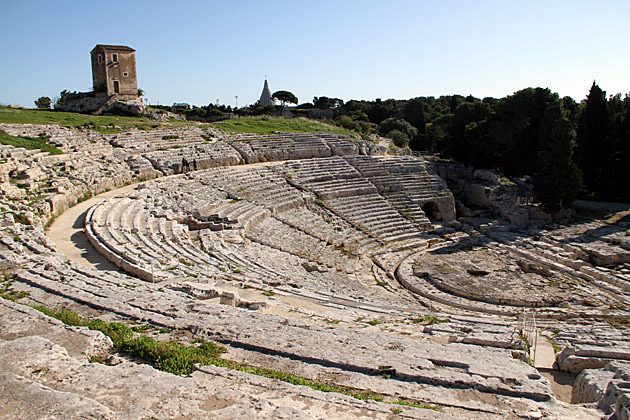
We throw around a lot of superlatives in this blog — words like “astonishing”, “incredible”, “mind-blowing”, “superb”, etc etc. But trust me, these words all apply to the Neapolis. Standing in the middle of one of the Greek Empire’s finest theaters, where original works by Sophocles and Euripedes were performed thousands of years ago, makes the mind reach for the grandest words possible. Who cares if they’re a little overwrought? Such places were made for overwrought descriptions! This massive theater, carved out of limestone over 2500 years ago, is astounding! Magnificent! It makes you and your silly seventy-year life span feel insignificant.
Just a short walk from the theater is a lush park surrounded by rocky crags, evocatively known as the Quarry of Paradise. This is where the Greeks retrieved stone for their statues. The most striking cut into the rock is called the Ear of Dionysus. Caravaggio coined the nickname for this 60 meter long grotto because of its distinctive shape, and the sound which echoes tremendously inside. Legend has it that the tyrant Dionysus would keep prisoners here so that he could eavesdrop on their conversations.
Nearby, there’s a Roman Amphitheater, which is some centuries more recent than the Teatro Greco, and was used for bloodthirstier entertainment than the Greeks enjoyed. Here, gladiators would duel and chariots race. The amphitheater is not as well preserved as the Greek theater, but the vines and weeds which have grown up inside of it only improve the atmosphere.
Location of the Neapolis on our Sicily Map
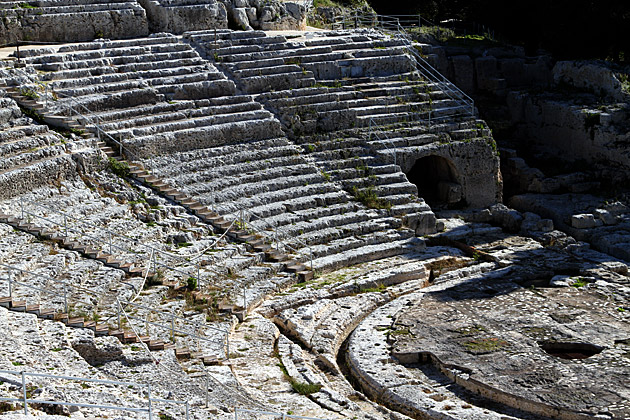
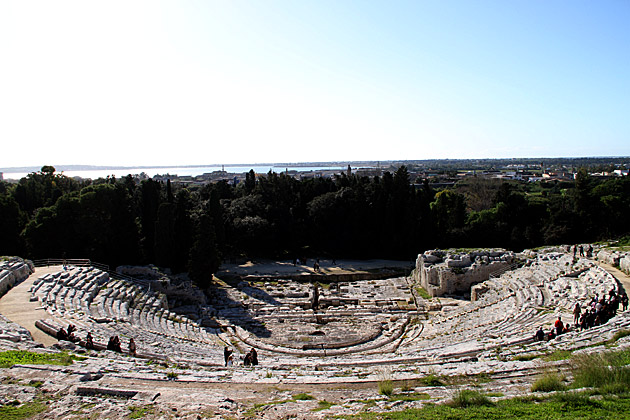
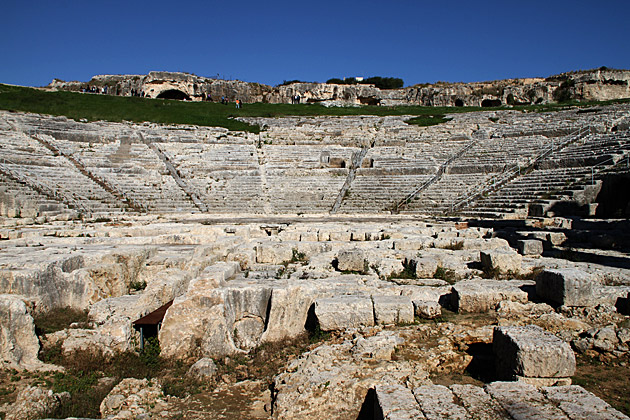
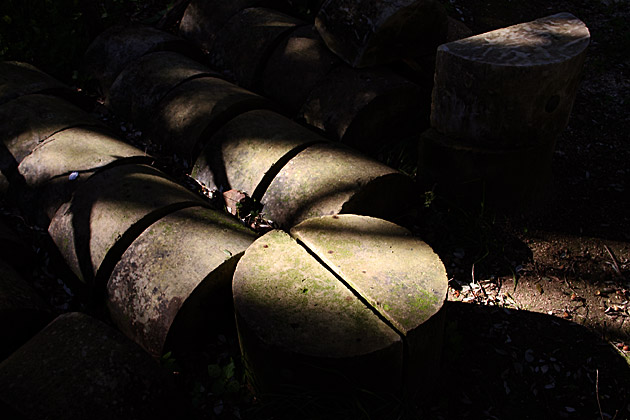


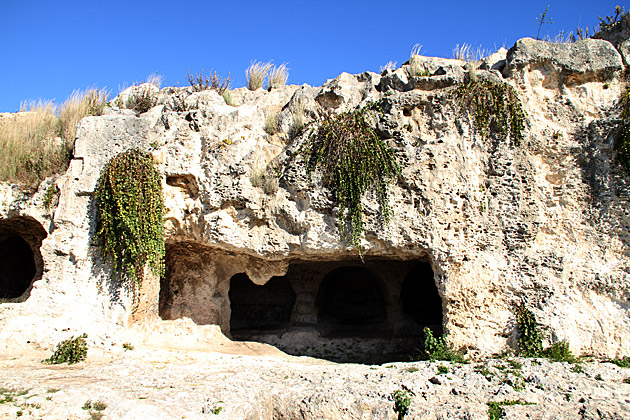
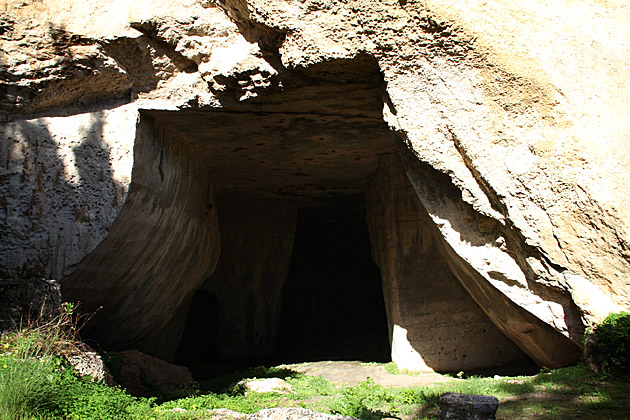
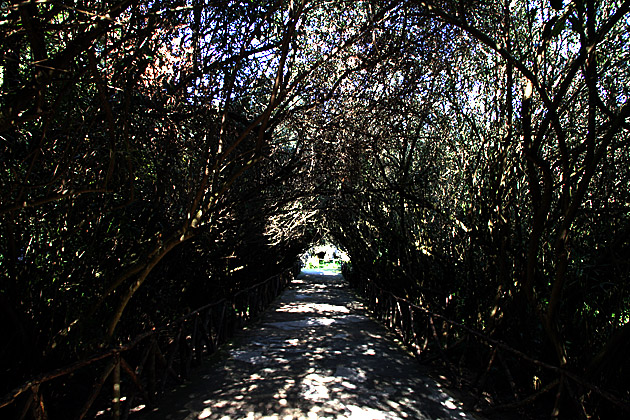

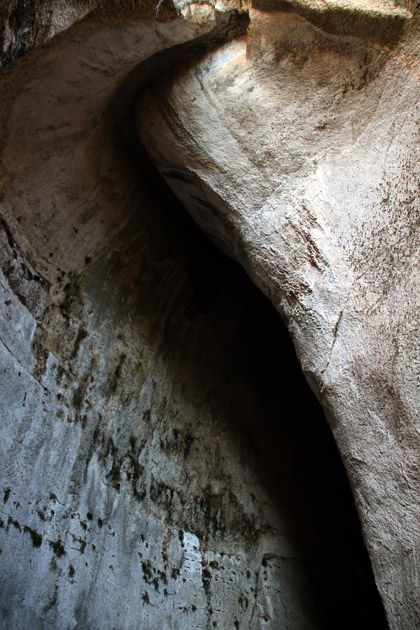
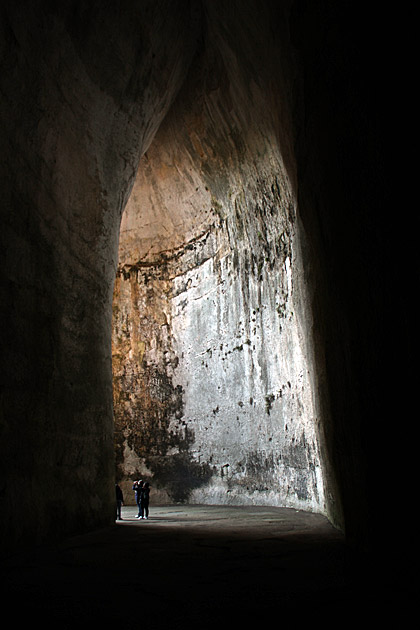
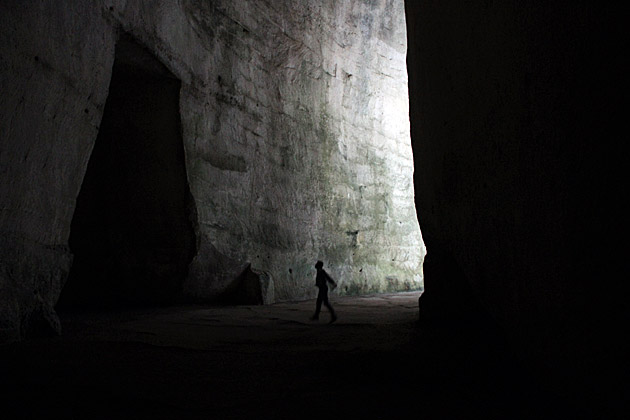
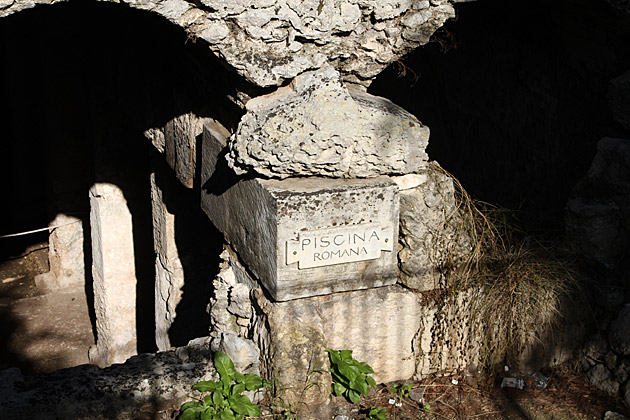
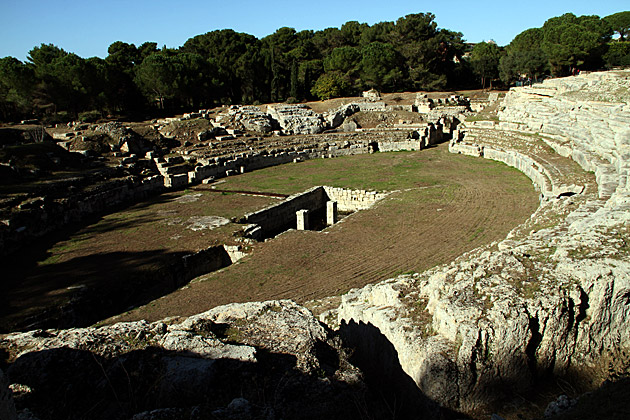
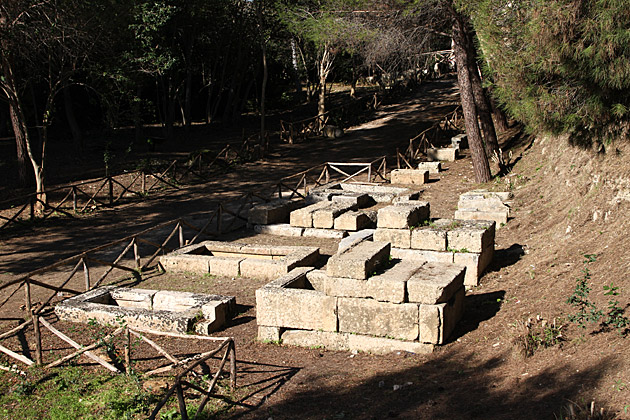

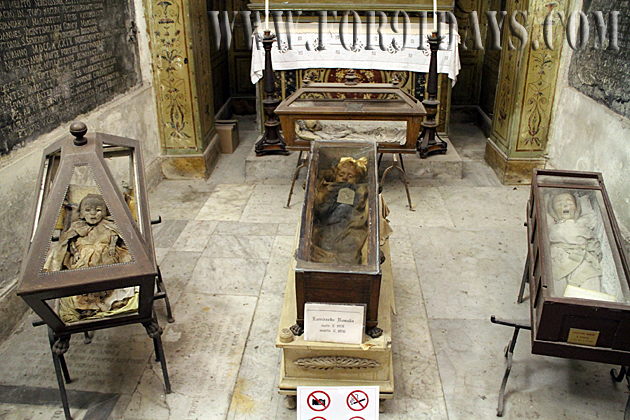
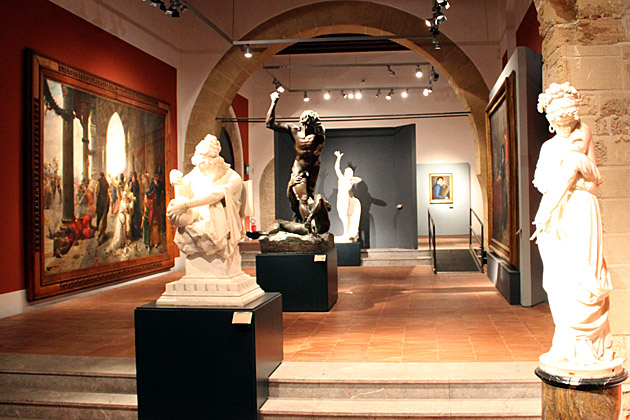

You’re right, astounding, astonishing, amazing… can barely describe the teatro greco and the latomie. And you haven’t been there in a late-May afternoon, when sunlight slowly turns from shining white to darker and darker orange, and then even to pinkish red, making the whole scenery something like an enchanted garden.
Magnifico! Stunning play of shadow and light.
Pingback: A Trip to Syracuse | For 91 Days in Palermo – Travel Blog
Pingback: The Ruins of Segesta | For 91 Days in Palermo – Travel Blog
Pingback: The Temple of Apollo and the Fountain of Arethusa | For 91 Days in Palermo – Travel Blog
Pingback: The Hebrew Baths of Syracuse | For 91 Days in Palermo – Travel Blog